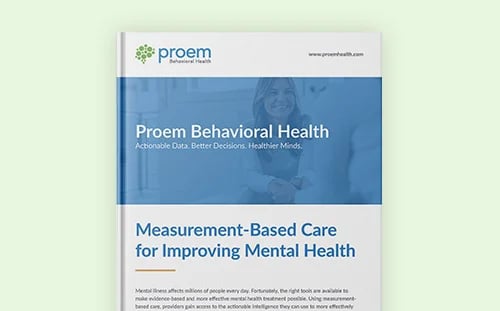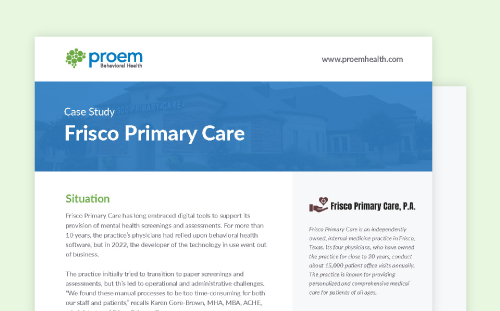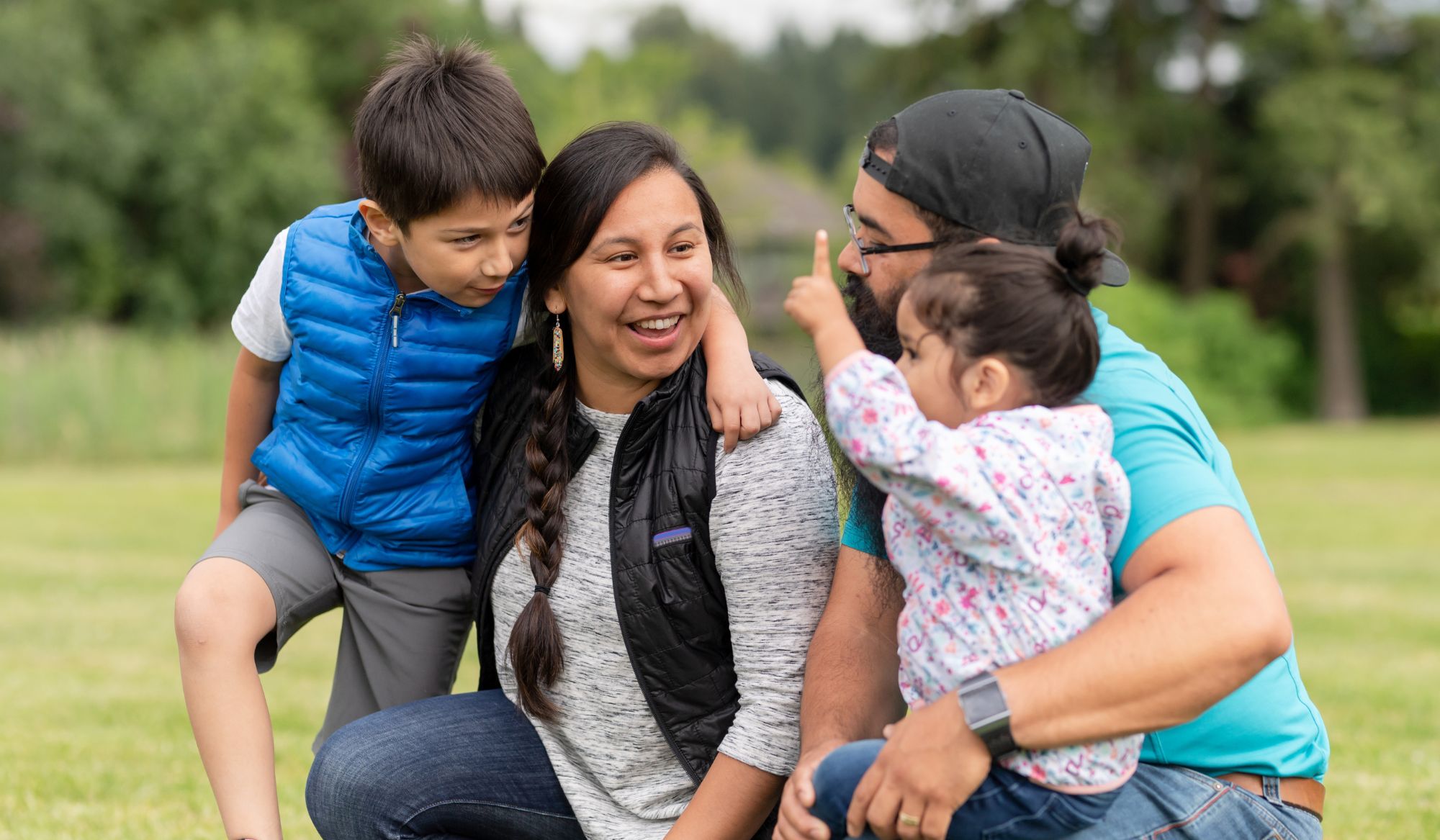November is American Indian Heritage Month. We wanted to take this opportunity to bring attention to mental health and Native American populations. With the significant stigma associated with mental illness among these populations, we must all work together to begin removing it and getting these individuals the diagnoses, treatment, and support they need to lead healthier lives.
12+ Facts and Figures on Native American Mental Health
Let's take a look at more than a dozen facts and statistics about mental health and Native American populations.
.jpg?width=1200&height=267&name=NVIEW%20BLOG%20Banner%20Template%20(3).jpg)
- Post-traumatic stress disorder (PTSD), violence, suicide and substance use have been identified as some of the more prevalent mental health issues among American Indians and Alaska Natives when compared with the general population in the United States.
- More than 19% of Native American or Alaska Native populations reported having a mental illness in the past year — equivalent to more than 825,000 people.
- More than 4% of American Indians and Alaska Natives had a major depressive episode in 2020.
- Native/Indigenous people in America report experiencing serious psychological distress 2.5x more than the general population over a month's time.
- Native/Indigenous people in America start to use and abuse alcohol and other drugs at younger ages and higher rates than all other ethnic groups.
- In the general U.S. population, the prevalence of lifetime PTSD is 4.8% to 6.4%, yet among American Indian and Alaskan Native populations, the prevalence of PTSD is estimated to fall between 16% to 24%.
- 14% to nearly 30% of American Indian and Alaska Native women experience postpartum depression compared to 11% of all women in the United States.
- American Indian/Alaska Natives are 60% more likely to experience the feeling that everything is an effort, all or most of the time, as compared to non-Hispanic whites.
- Drug overdose deaths among American Indians and Alaska Natives grew 43% between 2019 and 2020, making it the highest rate of deaths in 2020 and 30% higher than for white individuals.
- Suicides were the second leading cause of death for that group in 2019, with a rate around 20% higher than that of non-Hispanic whites.
- Research has shown that stigma around mental health in Native communities was second only to HIV.
- Key barriers to adequate mental health care for Indigenous/Native communities include the following:
- Inadequate federal funding
- Rural/isolated locations
- Mistrust of government services
- Language barriers
- Poverty/unemployment
- While about 4.2 million Americans identify themselves as having Native American or Alaska Native heritage, there are likely only 200 to 300 Native American psychologists in the entire country.
- Indian Health Service (IHS) per capita spending falls well behind spending on Medicare, Veterans Health Administration and Medicaid





.png)






